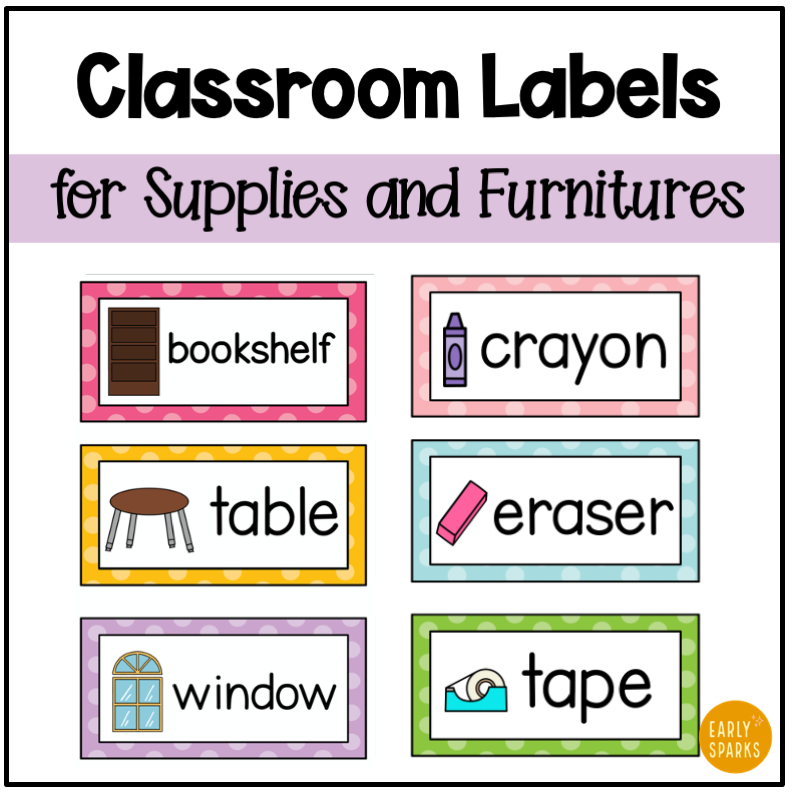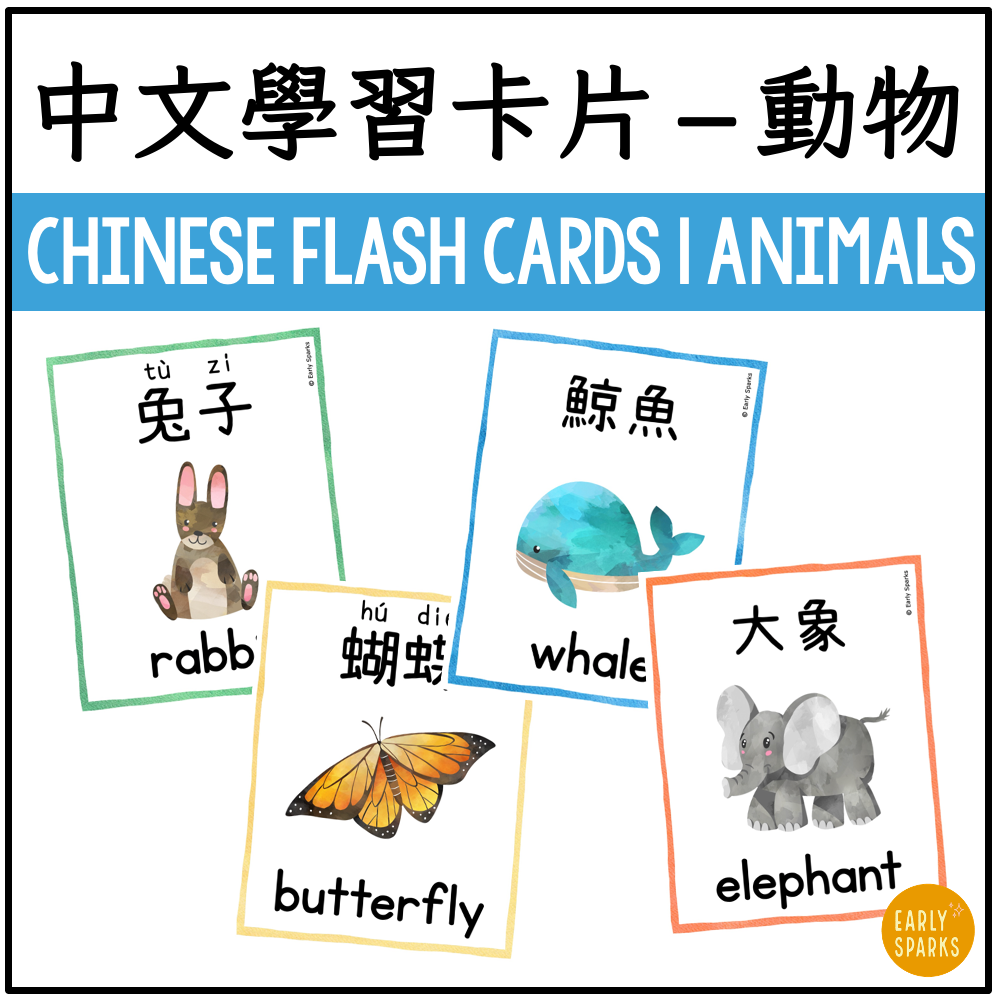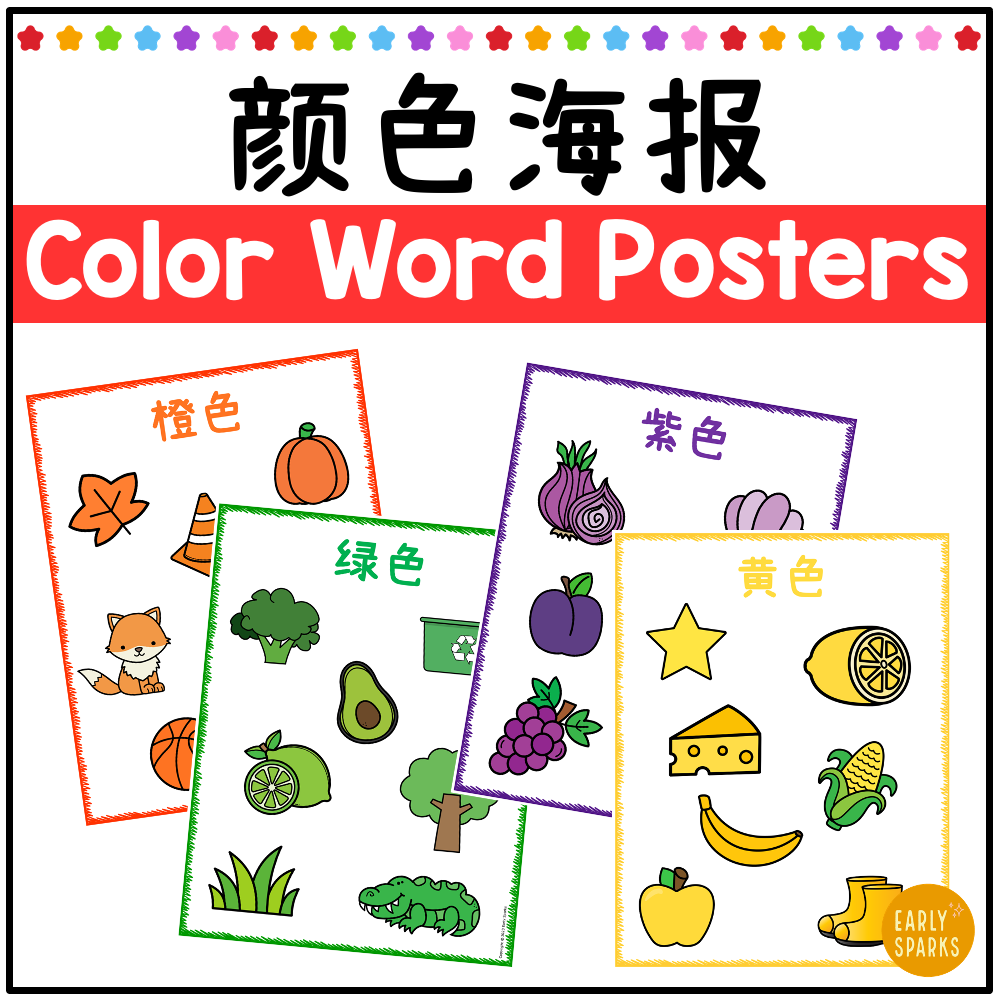How to Raise a Bilingual Child? 5 Things that Help My 3-Year-Old’s Chinese Learning Journey
As a bilingual teacher and bilingual parent, there are some approaches and skills I use both in school and at home when teaching my students and my own child. My daughter, Mumu, just turned 3 last week. The journey of seeing her take her first steps, utter her first words, and making her first friend has been pure magic. The most amazing part is to watch her become biliterate - she has started reading and writing in Chinese and English!
Here are 5 things we do at home to raise a bilingual child:
1. Daily Book Dates:
This routine began when she was a baby. Every day, we would set aside time to read books and sing nursery rhymes with her in Chinese and English. I can still recall the joy in her smile as she pressed the button to listen to the Chinese nursery rhymes from her bilingual musical book. As she grows older, she gets to pick the books for our nightly routine – two stories before bedtime.
2. Labeling the Enviroment:
Just like how I labeled the furniture and supplies in my classroom, I placed labels on everyday items at my home such as “chair/椅子”, “door/门”, and “bookcase/书架”. We also organized and labeled our toy boxes and supply bins. This gives Mumu more immersion in Chinese, helps her make connections between spoken words and written text, and makes her more independent in getting and putting back the materials. You can find bilingual classroom/home labels in our TpT store.
3. Connecting Chinese characters to pictures:
We used flashcards from 小象汉字(Like Chinese) to introduce Chinese characters to her when she was two. The 甲骨文配配卡(Matching Cards) set is my personal favorite for toddlers and preschoolers like Mumu because of its beautiful clear design and kid-friendly approach.
When matching the cards, Mumu didn’t need me to explain each word – she quickly picked up the characters and figured out their meanings just by looking at the pictures. It worked like magic and she enjoyed matching the cards all by herself!
4. Multi-sensory Tools for Writing:
Multi-sensory tools (such as crayons, sand, Play-Doh, etc.) stimulate different senses in leaning and make the language learning experience more engaging and memorable. At home, Mumu gets to use a variety of tools (chalks, crayons, markers, dot-makers, Play-Doh, etc.) and try different methods (water writing, sand writing) to have fun writing and building English words and Chinese characters.
5. Getting Inspired by English Early Childhood Educators:
I’ve also used lots of games and fun activities inspired by other wonderful early childhood educators. For example, “read it, create it, and write it" is an activity that can be used to practice reading and writing in both Chinese and English. Through this activity, Mumu quickly associates the sound and shape of the Chinese words.
Some other essential tips for language learning and bilingualism:
Creating a Immersive Bilingual Environment: I’m lucky that our community has many bilingual or trilingual families! Besides school time, Mumu plays with her neighbors and friends, giving her the opportunity to speak Mandarin Chinese and English. If your don’t live in a bilingual community, my suggestion is that you create a bilingual environment for your children. For example, you can arrange play dates with other bilingual families or look into bilingual summer camps.
Follow your Children’s Curiosity and Interest: This is the perfect teachable moment to foster genuine engagement and long-term retention. When your children express curiosity about a topic (e.g. a character from a cartoon or a place they saw on the billboard), they become highly motivated to explore it further in both languages!
Bilingual Resources You May Like for Homeschooling:








